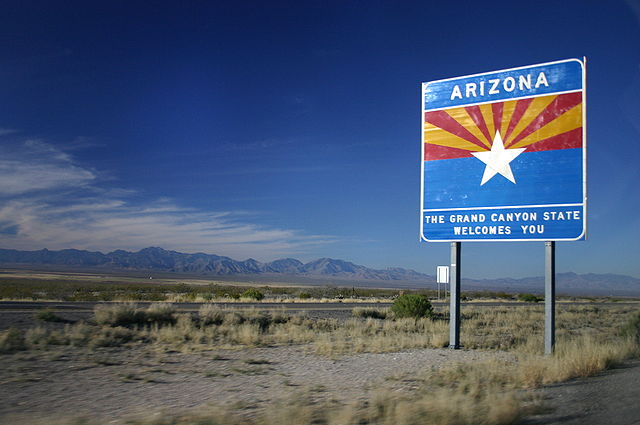The Phoenix City Council is debating whether to put a major pension measure on the August ballot, according to a report from the Arizona Republic.
The measure, designed to reduce the city’s future pension costs, would aim to eliminate pension “spiking” by putting a cap on the salary used to determine pension benefits.
But the measure would also reduce employees’ pension contribution rate.
The changes would only affect new hires, and wouldn’t apply to public safety workers.
More on the specifics of the changes, from the Arizona Republic:
Proposed changes aim to cap the size of future high earners’ retirements and combat the practice of pension spiking, or the artificial inflation of an employee’s income toward the end of a career to boost retirement benefits.
The proposed ballot initiative would cap the portion of future employees’ compensation used to determine pensions at $125,000, and require the city to contribute to a 401(k)-style retirement plan for any portion of salary above that amount. That move and changes to the retirement formula would reduce costs to the system, officials said.
[…]
Although the city estimates the new initiative cuts costs overall, it includes some changes that critics fear could increase pension expenses.
The committee’s recommended plan would reduce and cap the amount of money that new employees must contribute to their pensions at 11 percent of pay. City workers will soon pay more than 15.5 percent of their paychecks into the pension system, on top of the 6.2 percent they must put into Social Security — and their pension payment could climb to 17 percent in the next several years.
If the measure is implemented, the city expects savings of almost $39 million over 20 years.
The City Council will decide on Wednesday whether or not to put the measure on the August ballot.
If it makes the ballot, the fate of the measure will be in voters’ hands.
Photo credit: “Entering Arizona on I-10 Westbound” by Wing-Chi Poon – Own work. Licensed under CC BY-SA 2.5 via Wikimedia Commons – http://commons.wikimedia.org/wiki/File:Entering_Arizona_on_I-10_Westbound.jpg#mediaviewer/File:Entering_Arizona_on_I-10_Westbound.jpg
